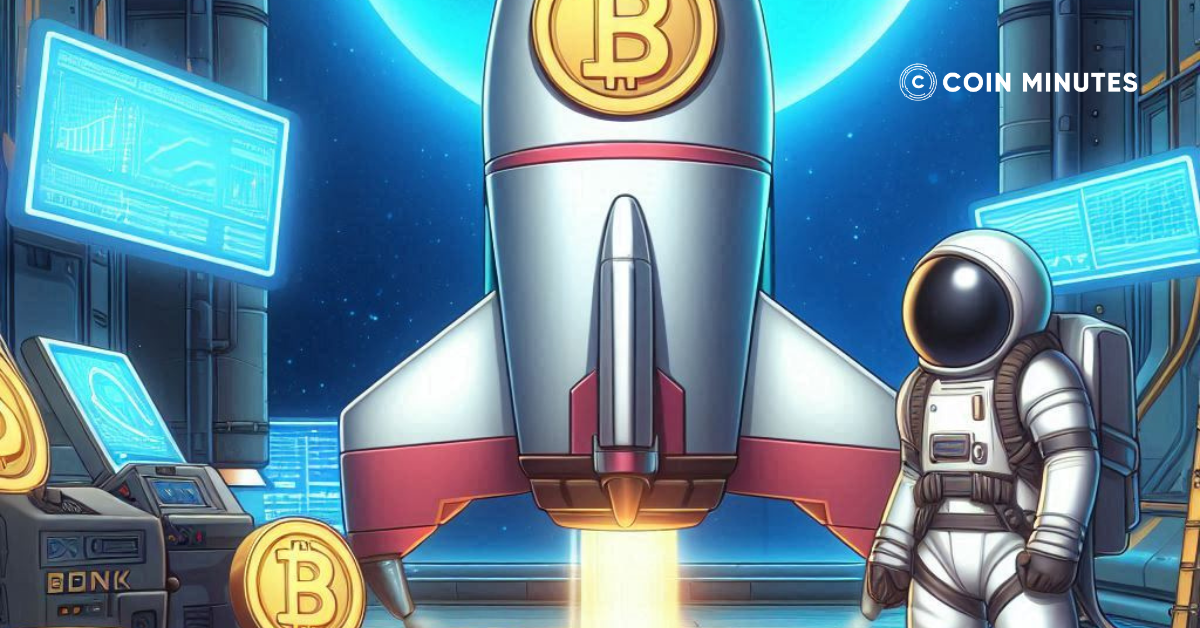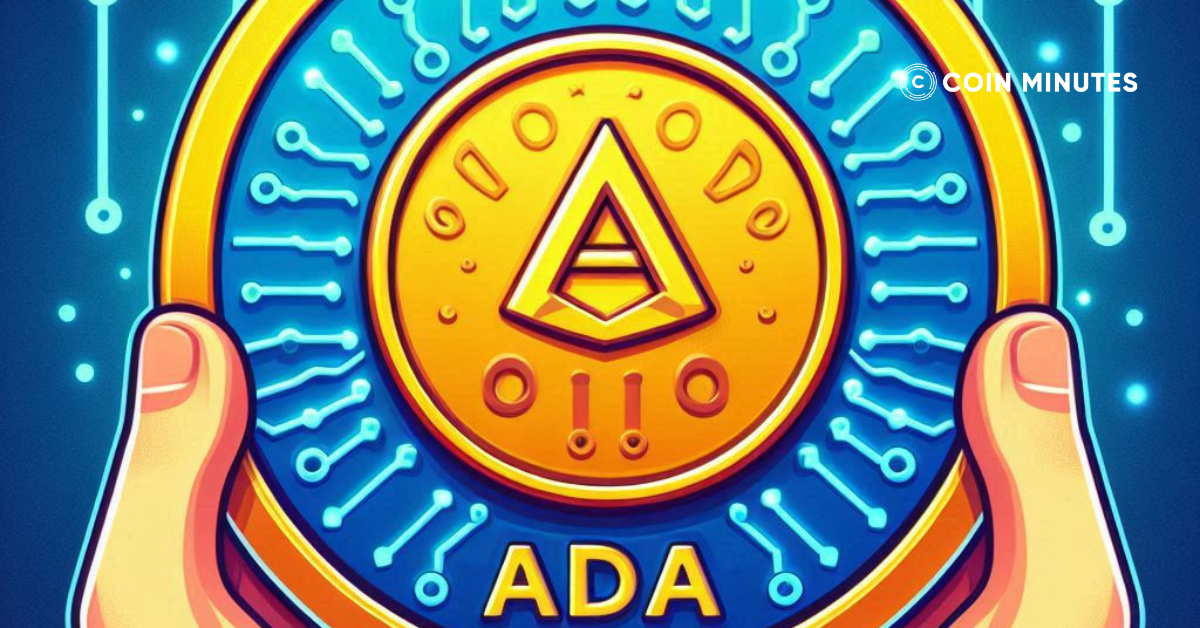The primary goal he outlined is to achieve over 100,000 transactions per second (TPS) on Ethereum’s mainnet and layer 2 blockchains while enhancing interoperability between these systems.
Buterin emphasized that Ethereum needs to evolve into a unified ecosystem rather than a collection of 34 separate blockchains. He acknowledged the success of Ethereum’s rollup-centric strategy, which was reinforced by the Dencun upgrade in March this year. Dencun, comprising the Shanghai and Cancun-Dened updates, has improved scalability by using “blobs” to reduce data and transaction fees on layer 2 networks.
Possible futures for the Ethereum protocol, part 2: The Surgehttps://t.co/DdEUpV4zQN
— vitalik.eth (@VitalikButerin) October 17, 2024
However, the focus on rollups has also faced some criticism. Some argue that layer 2 networks are “exploiting” users and revenue from Ethereum’s mainnet, introducing new security risks and potentially leading to inflationary pressures on the ETH token.
A key issue that Vitalik aims to address during this phase is improving the user experience. Buterin believes that using layer 2 should feel seamless, as if operating within a single Ethereum ecosystem. This requires layer 2s to communicate smoothly with each other, allowing users to transfer tokens between chains without worrying about manual bridges or gas tokens.
Moreover, one of the technical priorities is developing “trustless rollups,” meaning layer 2s can inherit Ethereum’s core properties, ensuring security and decentralization, enabling more robust scaling. This also includes breakthroughs in data compression and improving the accessibility of available data.
Buterin also highlighted the need to expand Ethereum’s base layer (layer 1). He warned that if only layer 2s scale while layer 1 remains limited to a low transaction volume, Ethereum will face significant risks. The simplest solution is to raise Ethereum’s gas limit, but this comes with the risk of centralization and increases the burden on stakers.
To address this, Buterin proposed measures such as multidimensional gas pricing and reducing fees for specific types of computations without compromising decentralization.
Ethereum’s development roadmap was initially shaped by the ETH 2.0 plan, which aimed to scale the network through “sharding,” involving 64 chains running simultaneously. However, in 2020, Buterin abandoned this idea when Optimistic and ZK-rollup solutions emerged as viable alternatives. These solutions shift most computation off the main chain while preserving its security.
Vitalik Buterin concluded that the current mission is to finalize the rollup-centric roadmap, tackle the remaining challenges, and maintain the robust and decentralized nature of Ethereum’s layer 1.
Related news: Vitalik Buterin Advocates for Lowering Ethereum Staking Requirement to Boost Decentralization








